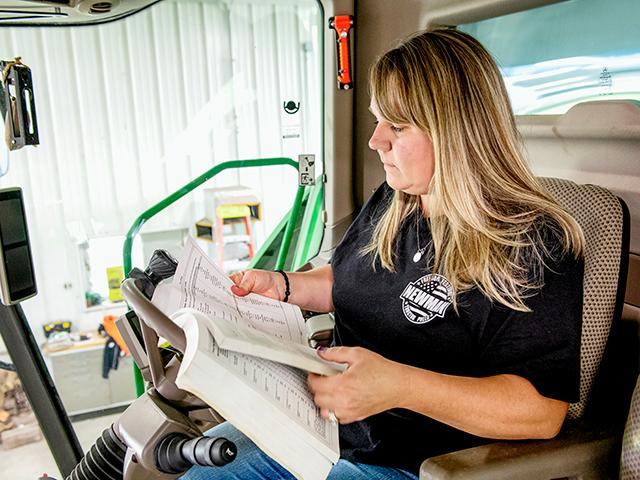Canada Markets
Saskatchewan Releases First Crop Report of the Season
The Saskatchewan government has estimated spring planting at 1% complete as of May 2, the slowest pace in four years and below the five-year average of 5%. Progress ranged from 5 to 9% complete as of this period during the past three years, while progress in both 2017 and 2018 was also pegged at 1% complete. A cold spring along with spring snowstorms were behind the slower start.
The provincial government estimates 4% of the spring wheat, 3% of the durum, 4% of the barley, 2% of the lentils and 4% of the field peas has been seeded as of May 2. There is clearly an east-west divide within the province, with 1% of the Southeast Region seeded, below the five-year average of 6%, while the Southwest Region data shows 8% seeded, equal to the five-year average. Warmer weather should help with progress, with DTN's five-day highs compared to normal showing daytime highs ranging from 4-6 degrees Celsius above normal across most of the lower-half of the province.
The province notes that "topsoil moisture for cropland, hay and pastureland is still less than ideal for proper seed germination and pasture growth." Cropland topsoil moisture is rated at 5% surplus, 55% adequate, 26% short and 14% very short.
P[L1] D[0x0] M[300x250] OOP[F] ADUNIT[] T[]
As seen on the attached chart, the 55% of soils rated to have adequate topsoil moisture compares to 41% this time last year while is below the five-year average for this week at 63.6% (brown bars). The 40% rated as short-to-very-short compares to 58% one year ago while higher than the five-year average of 28%.
While the Northeastern Region of the province shows 82% of the topsoil moisture rated adequate, the highest of any of the six regions, this area also has 13% of the area rated as surplus, the highest of any region that bears watching.
The government describes the West Central Region as "incredibly dry," with 45% of the region's topsoil rated short topsoil moisture and an additional 31% rated very short. The combined 86% of the area in question compares to the next highest percentage of 63% for the Southwest Region and falls as low as 5% for the Northeastern Region.
Weather will be watched closely over the next week, with the potential for some relief to the driest areas in the western side of the province while the eastern side may be facing more unwanted precipitation.
Cliff Jamieson can be reached at cliff.jamieson@dtn.com
Follow him on Twitter @Cliff Jamieson
(c) Copyright 2022 DTN, LLC. All rights reserved.






Comments
To comment, please Log In or Join our Community .